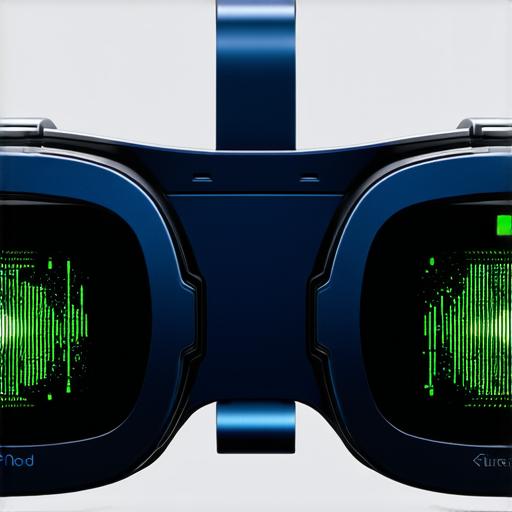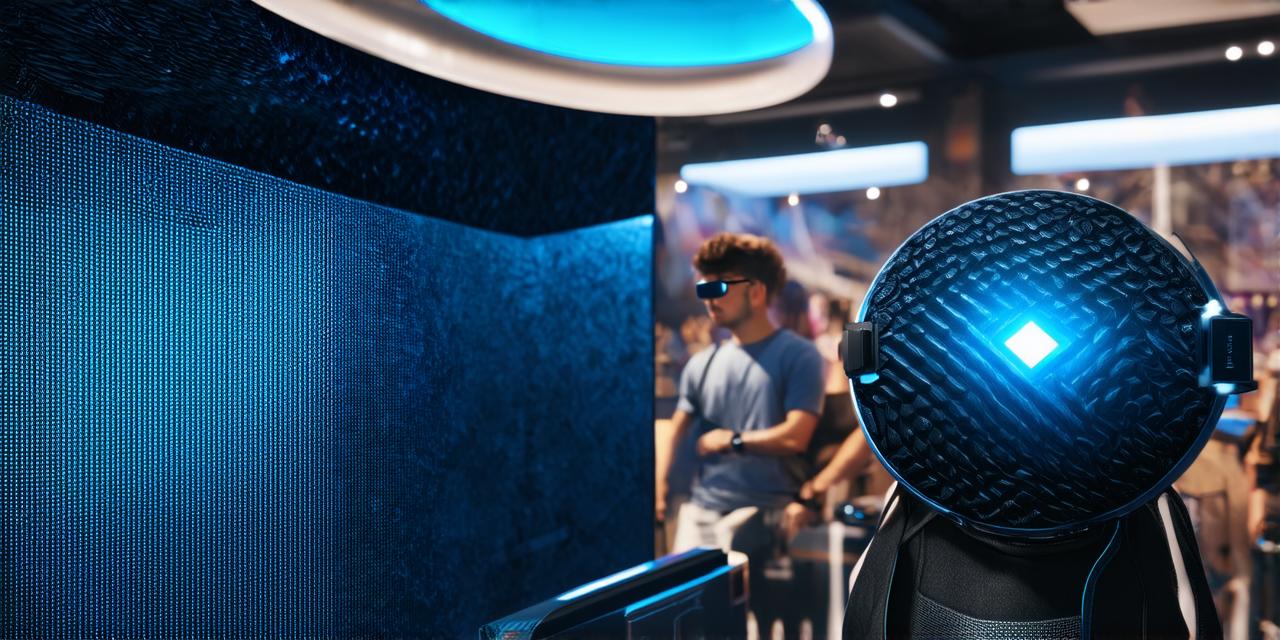Virtual reality (VR) technology is rapidly evolving and gaining popularity in various industries such as gaming, healthcare, education, and entertainment. As a VR developer, it’s essential to understand the different types of virtual reality technologies available, their features, and applications.
Immersive Virtual Reality (IVR)
Immersive virtual reality, also known as room-scale VR or desktop VR, is a type of VR experience that requires a dedicated physical space. It typically involves the use of sensors, cameras, and tracking devices to create a realistic environment that immerses the user in a three-dimensional world. IVR systems generally have higher resolution displays, better graphics, and more advanced motion tracking capabilities than mobile VR systems.
Some popular IVR systems include Oculus Rift, HTC Vive, and PlayStation VR. These systems are designed for high-end gaming and professional applications such as architecture, engineering, and design. IVR systems offer a more realistic and interactive experience than mobile VR and are ideal for experiences that require precise hand and body movement tracking.
Immersive virtual reality is often used in industries such as gaming, entertainment, and education. For example, gamers can use IVR systems to experience highly immersive games with lifelike graphics and sound effects. In education, IVR systems can be used to simulate real-world scenarios for training purposes, such as medical procedures or military operations.
Mobile Virtual Reality (MVR)

Mobile virtual reality is a type of VR experience that is accessed through a smartphone or tablet device. Unlike immersive VR, mobile VR experiences are designed to be portable and accessible on the go. MVR systems typically use sensors and cameras in conjunction with a headset and handheld controllers to create a virtual environment that can be experienced from any location.
Some popular MVR systems include Samsung Gear VR, Google Daydream, and Oculus Go. These systems are designed for gaming, entertainment, and educational purposes. While mobile VR experiences have lower resolution displays than immersive VR, they offer more flexibility in terms of accessibility and portability.
Mobile virtual reality is often used in industries such as gaming, entertainment, and education. For example, gamers can use MVR systems to experience highly immersive games on the go. In education, MVR systems can be used to simulate real-world scenarios for training purposes, such as exploring historical sites or practicing surgical procedures.
The Importance of Understanding the Two Main Types of Virtual Reality
As a VR developer, understanding the two main types of virtual reality is essential for creating effective and engaging experiences. Each type of VR has its unique features and applications, and choosing the right technology for your project depends on several factors such as budget, target audience, and intended use case.
Immersive virtual reality systems are ideal for high-end gaming and professional applications that require precise hand and body movement tracking. On the other hand, mobile virtual reality systems are designed for portability and accessibility, making them suitable for gaming, entertainment, and educational purposes.
When choosing between immersive and mobile virtual reality, it’s essential to consider your project’s requirements and constraints. For example, if you’re creating a highly immersive game that requires precise hand and body movement tracking, an immersive VR system might be the best choice. However, if you’re creating an educational experience that needs to be accessible on the go, a mobile VR system would be more suitable.
Case Studies: The Power of Virtual Reality in Healthcare
Virtual reality technology has significant potential in healthcare, particularly in medical training and patient care. Here are two examples of how virtual reality is being used in healthcare:
1. Medical Training
Medical students can use virtual reality simulations to practice surgical procedures and learn about human anatomy without the need for expensive equipment or cadavers. Virtual reality simulations allow students to interact with a three-dimensional model of the human body, providing them with realistic feedback and reducing the risk of mistakes during actual surgeries.
A study published in the Journal of the American Medical Association found that medical students who used virtual reality simulations to practice surgical procedures had better performance than those who did not use VR technology. The study also found that VR simulations reduced the amount of time required for students to become proficient in surgical procedures, making it easier for them to provide high-quality patient care.
2. Patient Care
Virtual reality technology can be used to create immersive environments that help patients cope with pain and anxiety during medical procedures. For example, virtual reality simulations can be used to create a calming environment that distracts patients from the pain and discomfort of procedures such as chemotherapy or dental treatments.
A study published in the Journal of Pain found that patients who used virtual reality technology during cancer treatments reported lower levels of pain and anxiety compared to those who did not use VR technology. The study also found that VR technology reduced the need for opioid medications, which can have negative side effects on patients.
The Role of Virtual Reality in Education
Virtual reality technology has significant potential in education, particularly in providing immersive learning experiences that engage students and enhance their understanding of complex concepts. Here are some examples of how virtual reality is being used in education:
1. Historical and Cultural Experiences
Virtual reality can be used to transport students to different historical periods and cultural contexts, allowing them to experience events and phenomena firsthand. For example, students can use VR technology to explore ancient civilizations or study the effects of climate change on different ecosystems.
A study published in the International Journal of Educational Research found that students who used virtual reality simulations to learn about historical events had better retention and understanding of the material than those who did not use VR technology. The study also found that VR simulations made learning more engaging and enjoyable for students.
2. Science and Engineering Experiments
Virtual reality can be used to create immersive simulations of scientific experiments and engineering projects, allowing students to explore complex concepts and ideas in a safe and controlled environment. For example, students can use VR technology to simulate the effects of gravity on objects or study the behavior of fluids in different contexts.
A study published in the Journal of Educational Technology found that students who used virtual reality simulations to learn about physics and engineering concepts had better understanding and retention of the material than those who did not use VR technology. The study also found that VR simulations made learning more interactive and engaging for students.
FAQs
Here are some frequently asked questions about virtual reality:
1. What is the main difference between immersive virtual reality and mobile virtual reality?
The main difference between immersive virtual reality and mobile virtual reality is the level of immersion and portability. Immersive VR systems require a dedicated physical space and are designed for high-end gaming and professional applications, while mobile VR systems can be accessed through a smartphone or tablet device and are designed for gaming, entertainment, and educational purposes.
